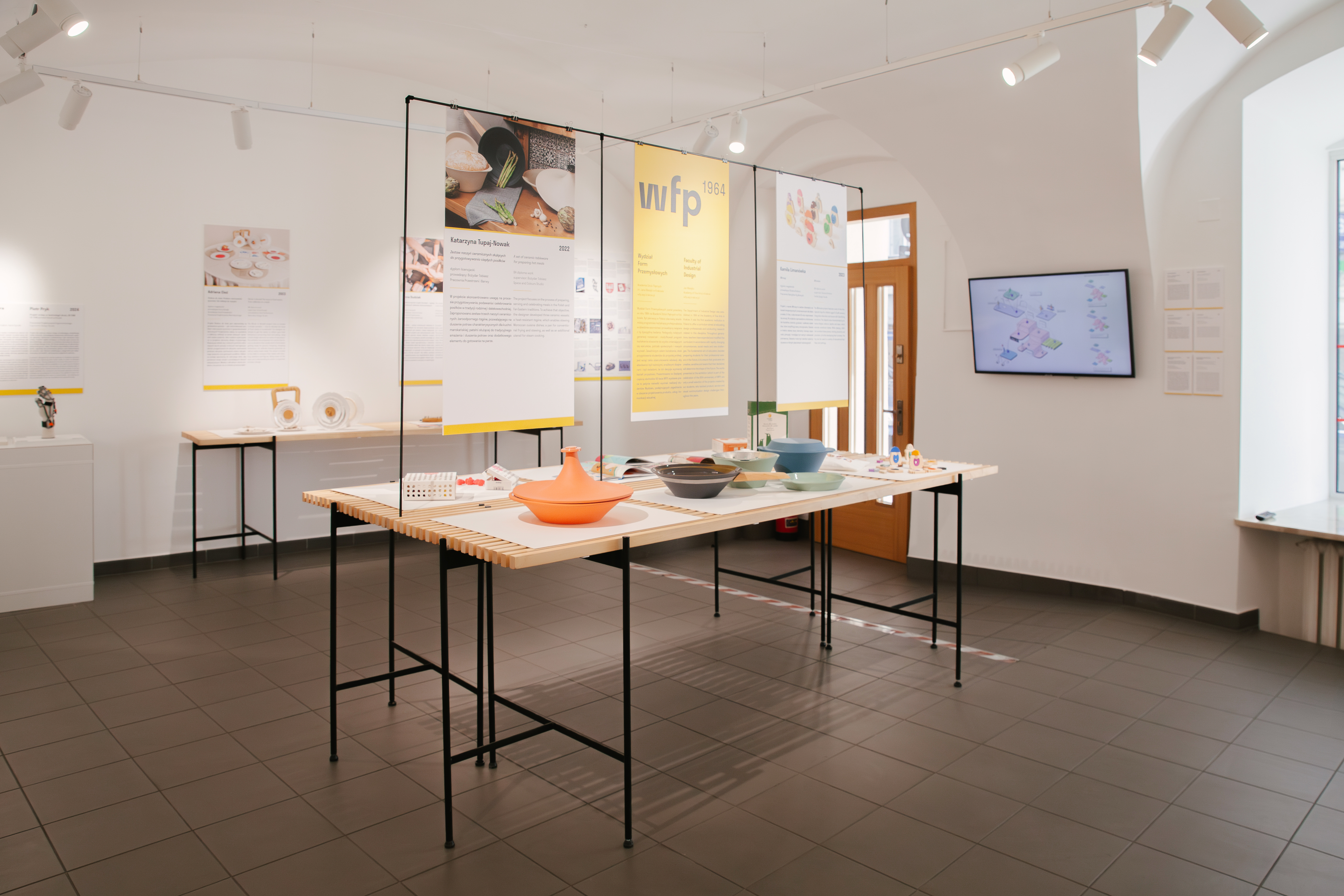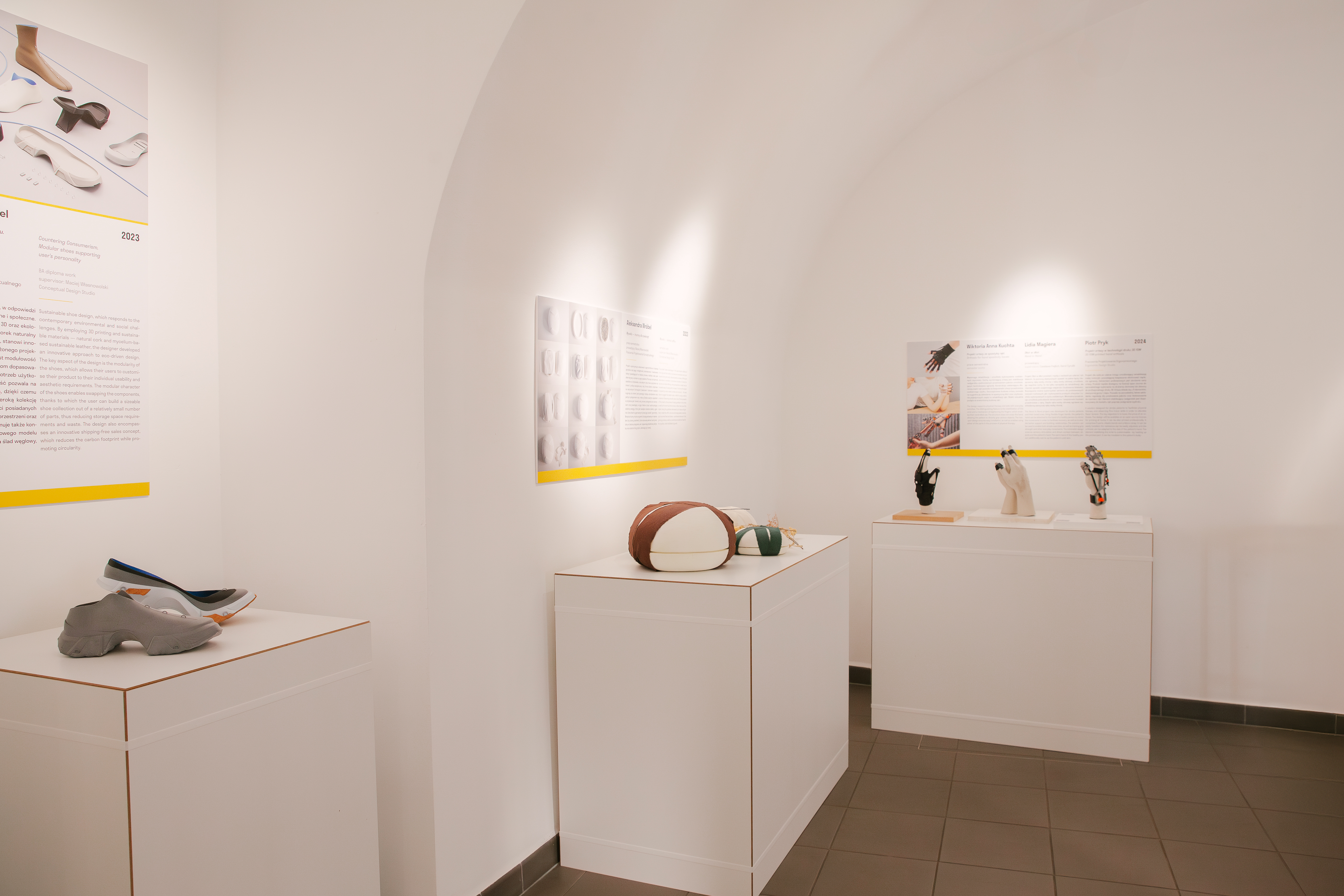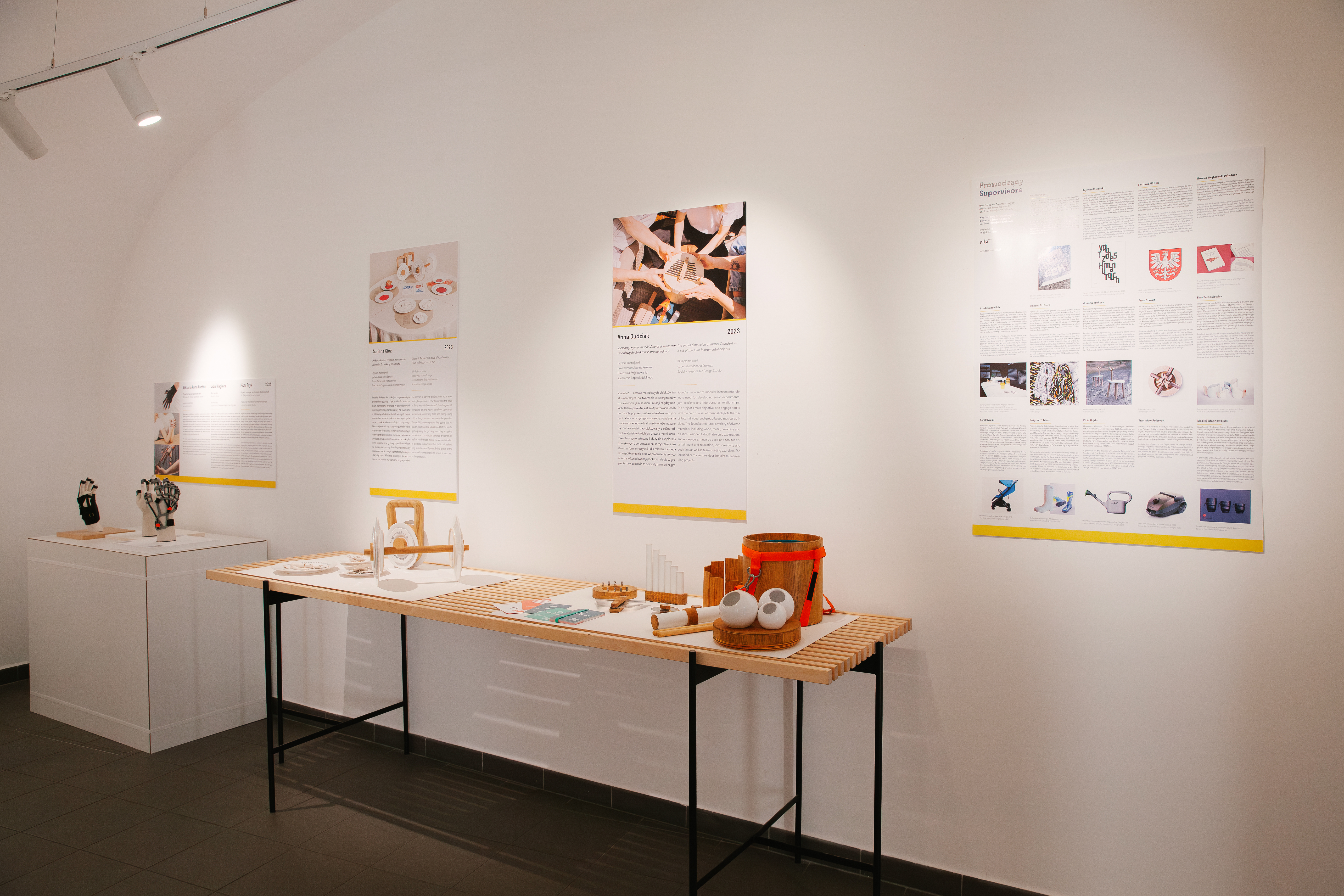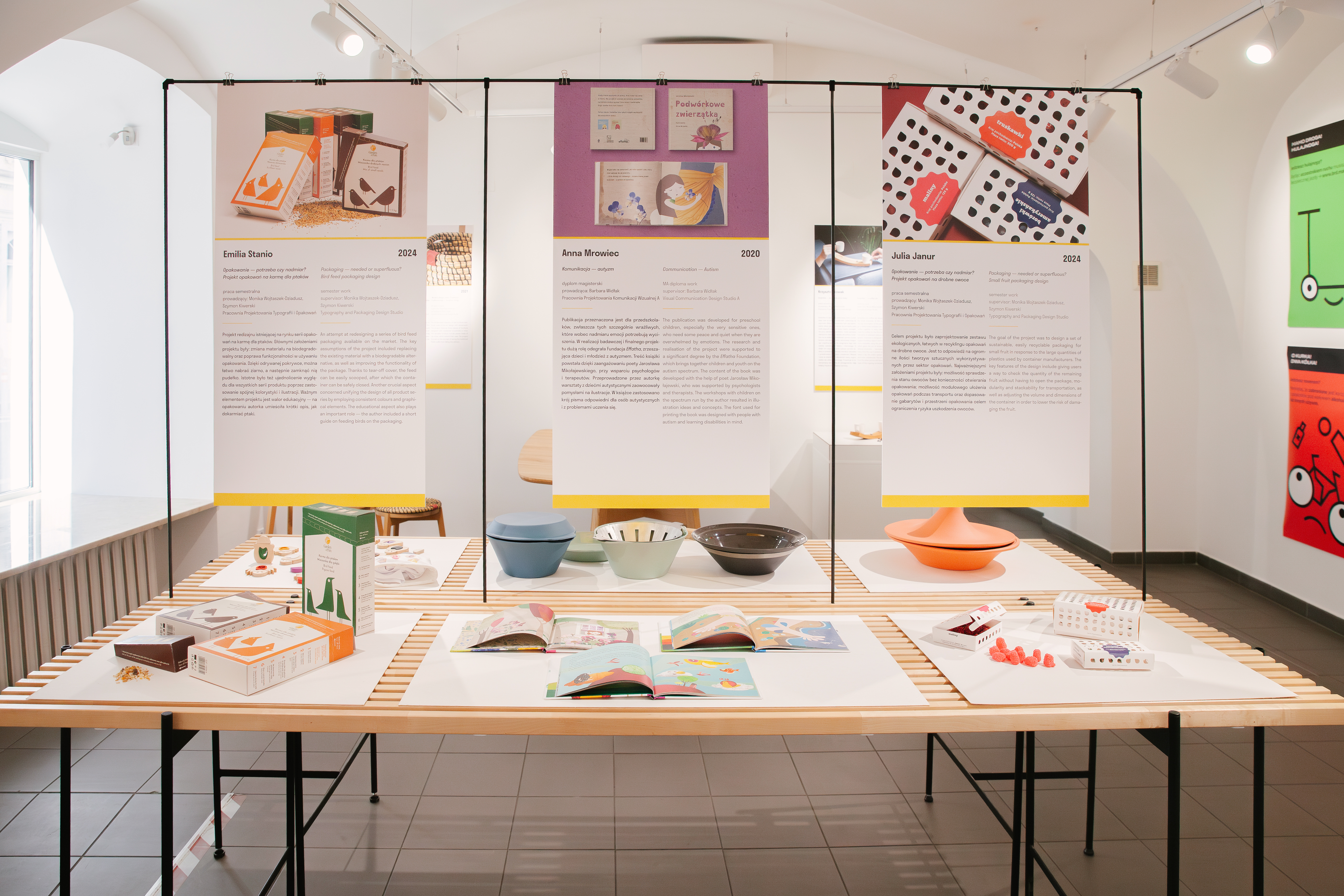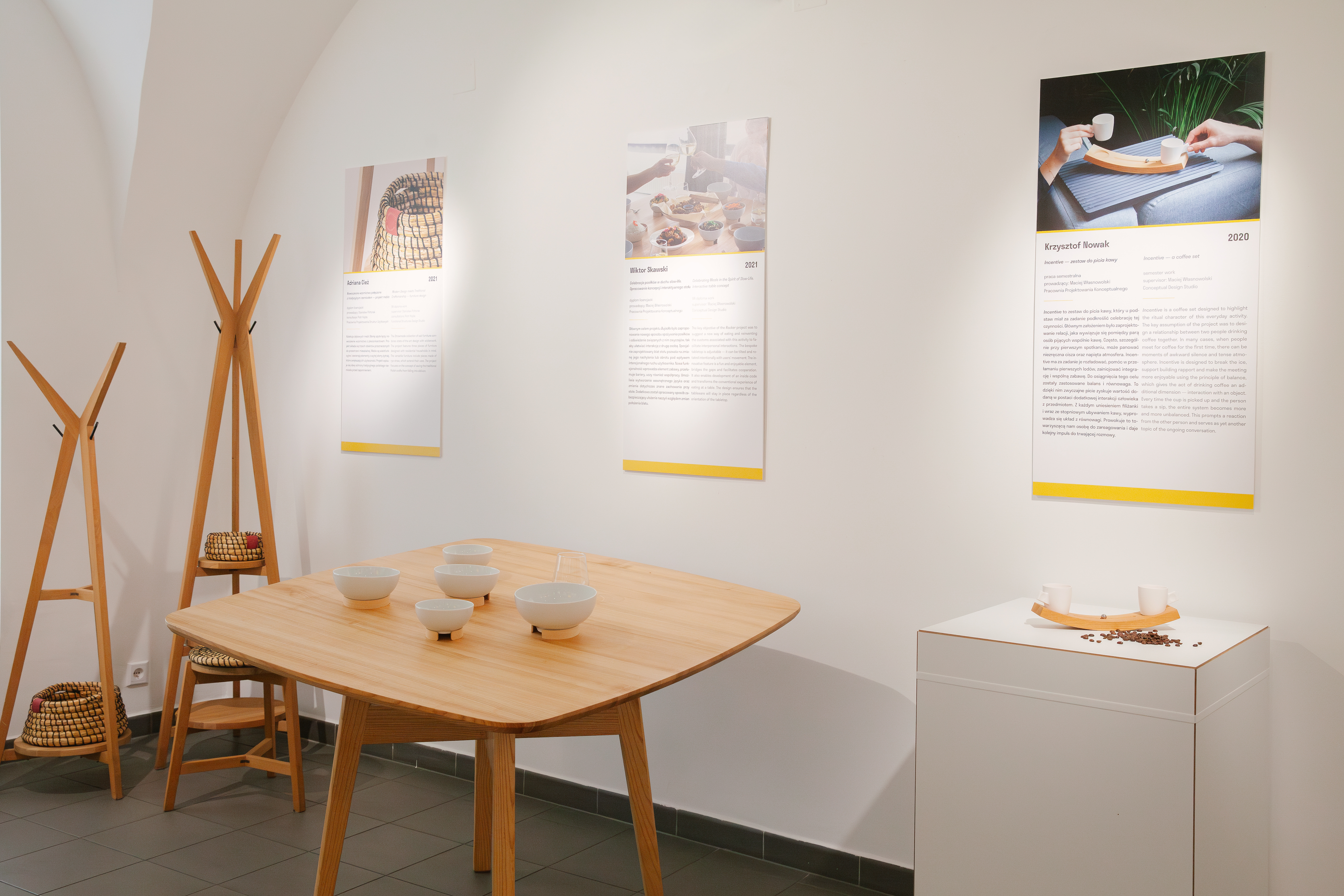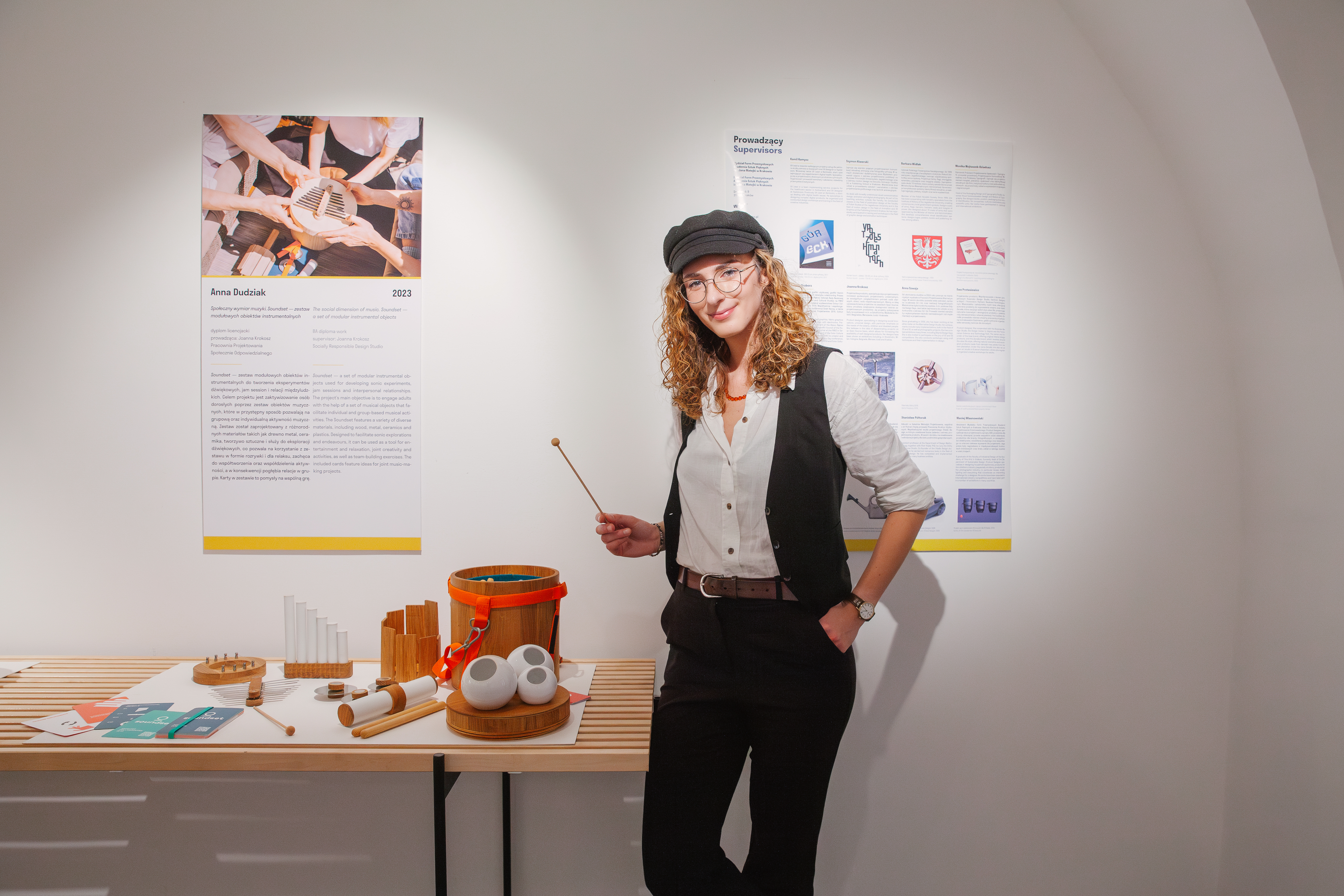SUSTAINABILITY AND ACCESSIBILITY
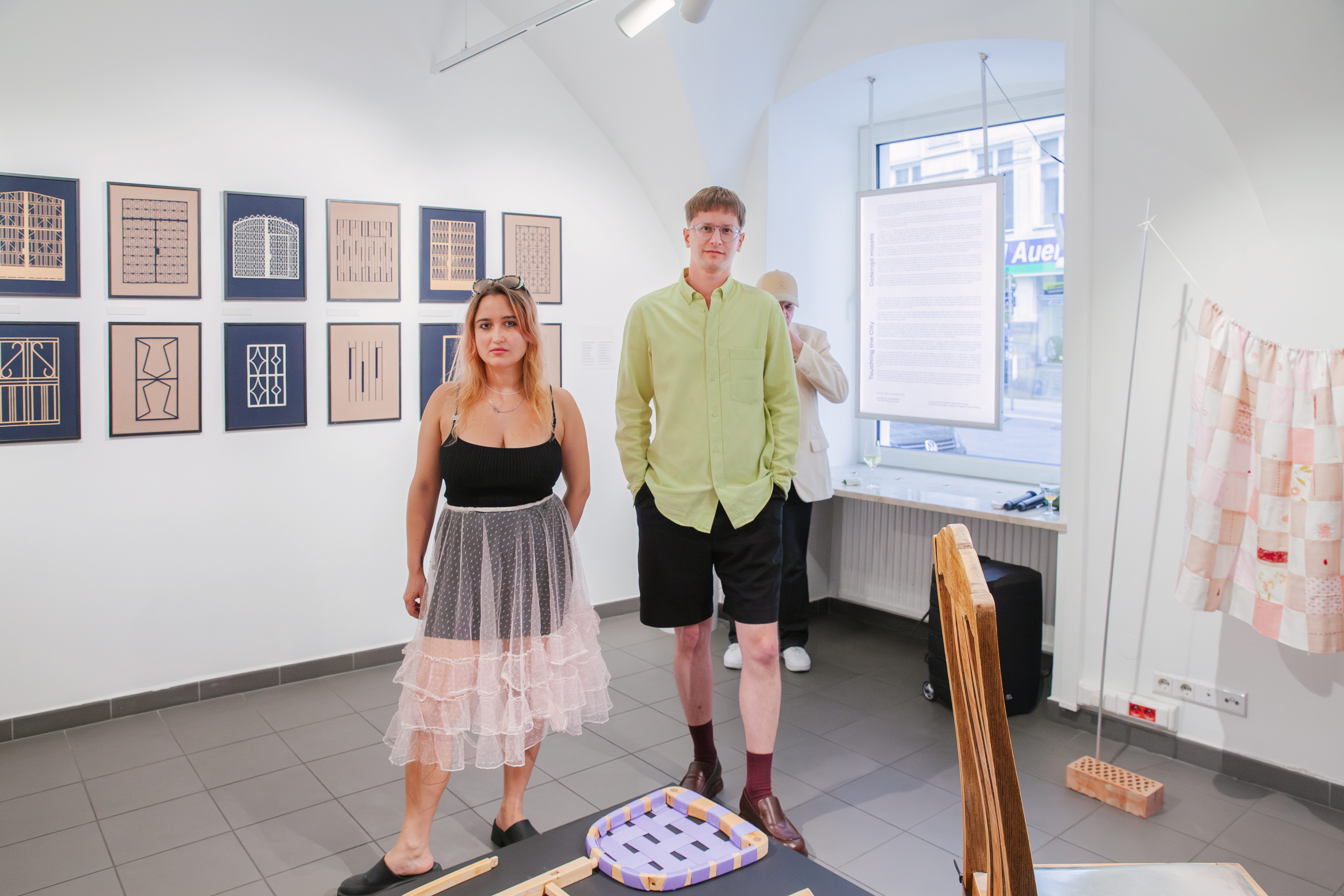
SUSTAINABILITY AND ACCESSIBILITY
Sustainability and inclusion are the buzzwords of our time. In its exhibition SUSTAINABILITY AND ACCESSIBILITY, the Polish Institute Vienna is bringing together works by students and graduates of the Academy of Fine Arts in Krakow that react to recent challenges such as the climate crisis or overconsumption. The projects on show share not only a use-oriented approach but also an informative, sensitizing, and activating character. The projects of the Department for Industrial Design were assembled by Szymon Kiwerski and Maciej Własnowolski and the works from the Doctoral School were selected by Natalia Legutko.
The exhibition presents selected works by students of the Faculty of Industrial Design and PhD students of Design at the Doctoral School of the Academy of Fine Arts in Kraków.
The exhibition is co-organized by the Polish Institute in Vienna and the Academy of Fine Arts in Kraków [the Faculty of Industrial Design and the ASP Gallery].
Curator:
Natalia Legutko - projects of PhD students at the Doctoral School of the Academy of Fine Arts in Krakow
Maciej Własnowolski i Szymon Kiwerski - projects of students at the Faculty of Industrial Design
Projects of PhD students at the Doctoral School of the Academy of Fine Arts in Krakow:
OLGA KONIK / REPAIR, HYBRIDITY, RESISTANCE
Isn't it the case that everyone has an item that, against all logic, they
don't want to get rid of? Maybe it's a stained dress that remembers an
unfortunate glass of wine. Or ignored every day, a favourite pair of
holey socks lingering at the bottom of a drawer. Or a dishevelled chair
that everyone knows you'd better not sit on.
Things of flesh and blood. When we use them, they change, revealing
their materiality. In times of scarcity, fixing them was a necessity.
Today, in times of excess, it becomes a radical gesture, a gesture of
care and attention. The kind of gesture that is reserved for our loved
ones. The exhibition Repair, hybridity, resistance invites us to look at
places of wear and tear and destruction, but also new layers.
Repair is an act of weak resistance, turning towards materiality.
Through it, hybrid objects are created, fusions of damage and repair,
old and new, professionalism and bungle. They are things in process,
patched up, broken again, in constant repair. They remember ordinary
days and accidents, and manifest their own weaknesses.
JAKUB ŚWIĘCICKI / Touching the City
Until recently, metalwork from the era of the Polish People’s Republic (PRL) was considered dull and commonplace. Based on geometric patterns of repetition, grille designs were so ubiquitous that they became almost imperceptible. Metal elements were produced in large quantities, saturating the visual space. Their frequency in the urban landscape meant that as familiar elements, they escaped perception while exerting a subconscious influence. Formed rods and sheets from Świętokrzyskie industrial plants played a significant role in shaping the aesthetic culture of present-day residents of Kielce.
Their time of creation falls on the 60s, 70s and early 80s. The political breakthrough of 1981, martial law and the subsequent economic collapse inhibited production. Currently, the number of metal bars, balustrades and gates from those times is gradually decreasing. Their uniqueness is replaced by ready-made, formally similar panels from the market. Paradoxically, thanks to this, once disregarded, today they are finally becoming noticed and appreciated.
Indeed, it seems that Kielce and its surroundings have been and remain exceptionally predisposed to metalworking. As the Kielce region is rich in deposits of iron ore, copper and lead, the art of metalworking has been quite well established here since prehistory, and the traditions of the metalworking industry date back to the 15th century. During the communist era there were: Ostrowiec Steelworks, Star Automotive Works in Starachowice, Mesko Armament Works in Skarżysko-Kamienna, Foundry Works in Końskie, Chemar in Kielce, Iskra Rolling Bearing Factory and Polmo-SHL. It is likely that these factories were more than once a source of materials for metalwork, as gates were made from inlet profiles, ribbed bars, cut and welded rolled sheet metal, as well as various types of metal waste.
Functional metalwork in Kielce during the 1960s-1980s was typically designed by architects employed in state-owned enterprises: The Conservation of Monuments Workshop, Fine Arts Workshops, or in Miastoprojekt – a multidisciplinary design office. Primarily, it was the Fine Arts Workshops that managed the market for artistic commissions, often combining architecture and fine arts. Fine Arts Workshops collaborated with housing cooperatives, engaging in furnishing buildings with elements of small-scale architecture, among other activities.
The 1970s, and especially the first half of the 1970s - the era of Gierek’s openness - were a time when private craftsmen’s workshops could excel. Grates according to supplied drawings were made by blacksmiths, locksmiths and often by the owners of the property themselves as a DIY project, if they knew how to weld. An experienced contractor was the versatile Janusz Komorowski from Domaszowice. Another important figure was the legendary Stanisław Moćko, who learned artistic blacksmithing in his father Antoni’s workshop. Antoni was among the leading blacksmiths of the People’s Republic of Poland, as evidenced by his numerous diplomas and awards. Stanisław worked for several years as a locksmith at the Kielce Armature Works, and then ran the family forge in Oblęgorek. He often collaborated with Kielce visual artists.
In the downtown area of Kielce, we still find architectural solutions from a bygone era. Among them are courtyards surrounded by tenement buildings, with the only access being through latticed gates. The grilles in the gates to the front yards along the streets in downtown Kielce appeared without a predefined plan, as during those years there were no regulations regarding agreements, and many buildings on streets such as Duża, Kilińskiego, Piotrkowska, Wesoła were not listed in the register of monuments at that time. Consequently, there is no documentation for them, and if there is a drawing, only the stamp of the Fine Arts Workshop appears instead of the author’s name.






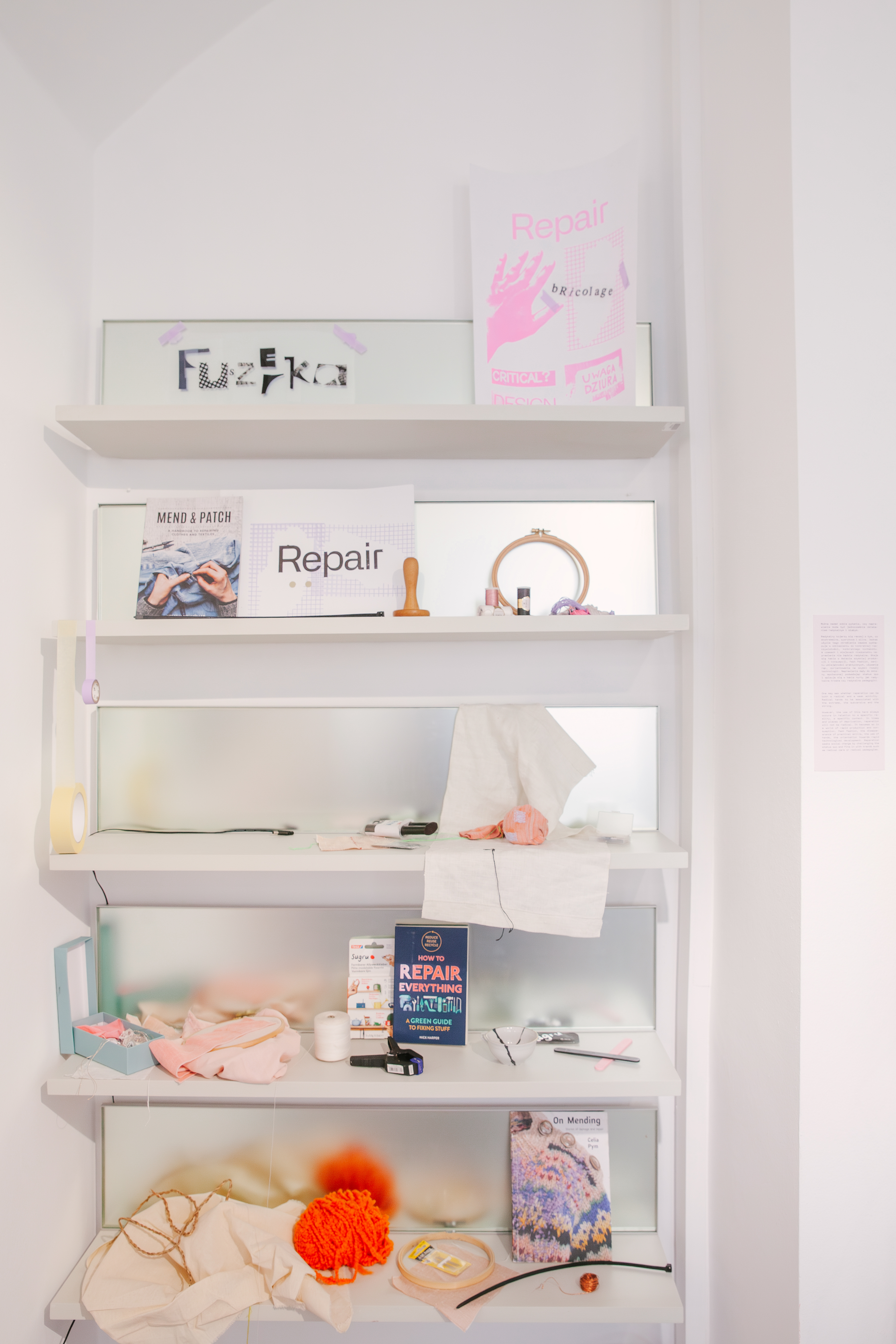
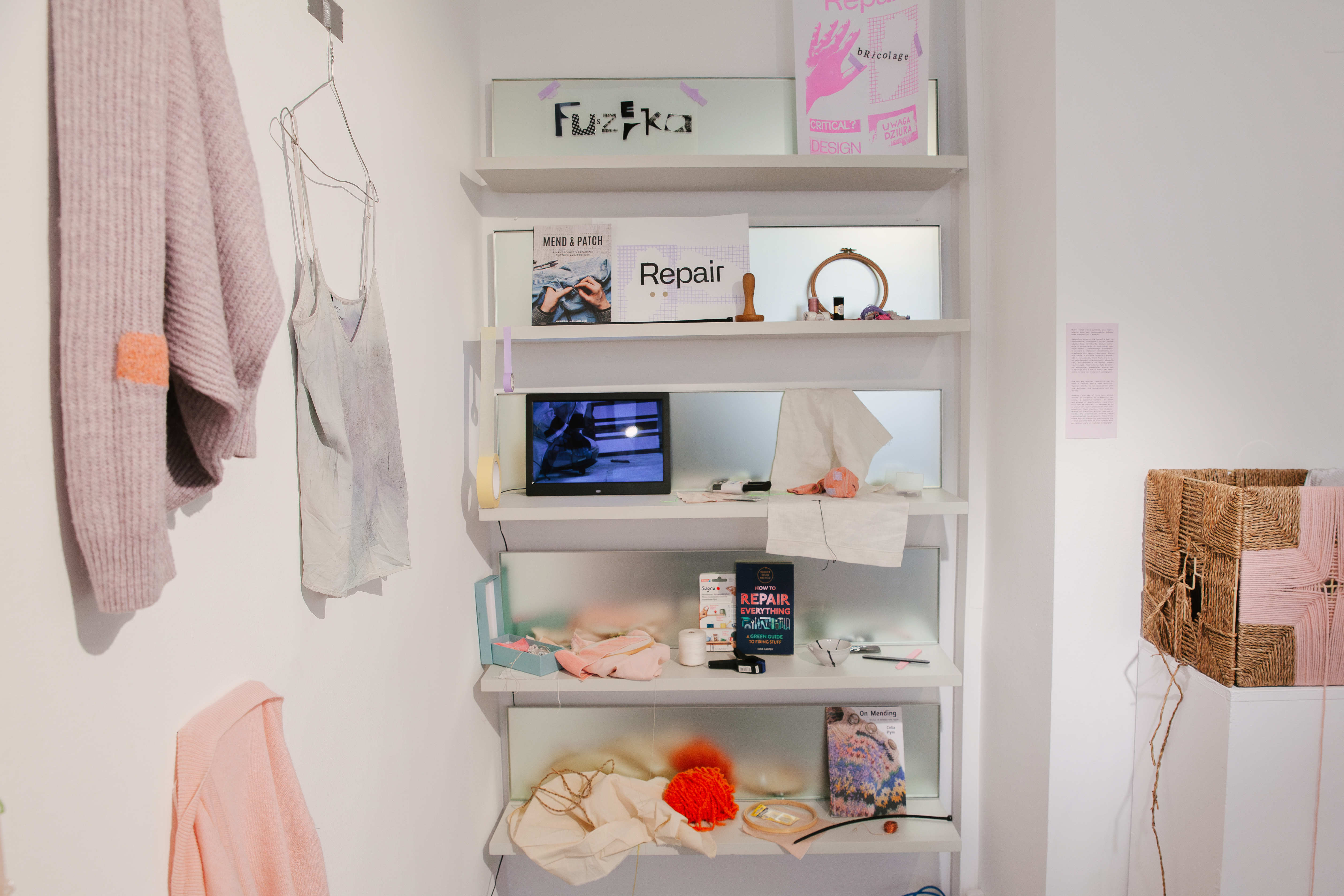


Projects of students at the Faculty of Industrial Design:
